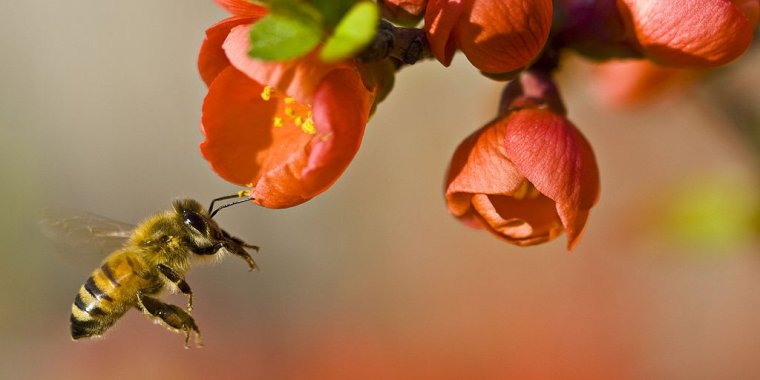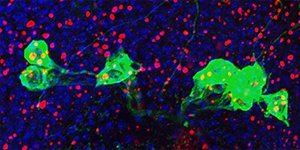| News / Science News |
Mushroom Extract Could Help Save Bees from Virus
The bees are dying in massive numbers and it is mostly caused by a parasite aptly named Varroa destructor, but in a new study, researchers presented mushrooms as evidence for a surprising solution to DWV.

Mushroom extract could help save bBees from vVirus. ![]()
Years ago, in 1984, Paul Stamets had noticed a “continuous convoy of bees” traveling from a patch of mushrooms he was growing and his beehives. The bees actually moved wood chips to access his mushroom’s mycelium, the branching fibers of fungus that look like cobwebs.
“I could see them sipping on the droplets oozing from the mycelium,” he said. They were after its sugar, he thought.
Waking up one morning, “I connected the dots,” he said. “Mycelium have sugars and antiviral properties,” he said.
Stamets turned intuition into reality. The paper describes how bees given a small amount of his mushroom mycelia extract exhibited remarkable reductions in the presence of viruses associated with parasitic mites that have been attacking, and infecting, bee colonies for decades.
In the late 1980s, tiny Varroa mites began to spread through bee colonies in the United States. The mites — which are parasites and can infect bees with viruses — proliferate easily and cause colony collapse in just years.
Over time, colonies have become even more susceptible, and viruses became among the chief threats to the important pollinators for crops on which people rely.
To test Stamets’ theory, the researchers from Washington State University conducted two experiments: They separated two groups of mite-exposed bees into cages, feeding one group sugar syrup with a mushroom-based additive and the other, syrup without the additive. They also field-tested the extract in small, working bee colonies.
For several virus strains, the extract reduced the virus to almost nothing.
Because the extract can be added to syrups commercial beekeepers commonly use, researchers say the extract could be a practical solution that could scale quickly. (Tasnim News Agency)
YOU MAY ALSO LIKE


